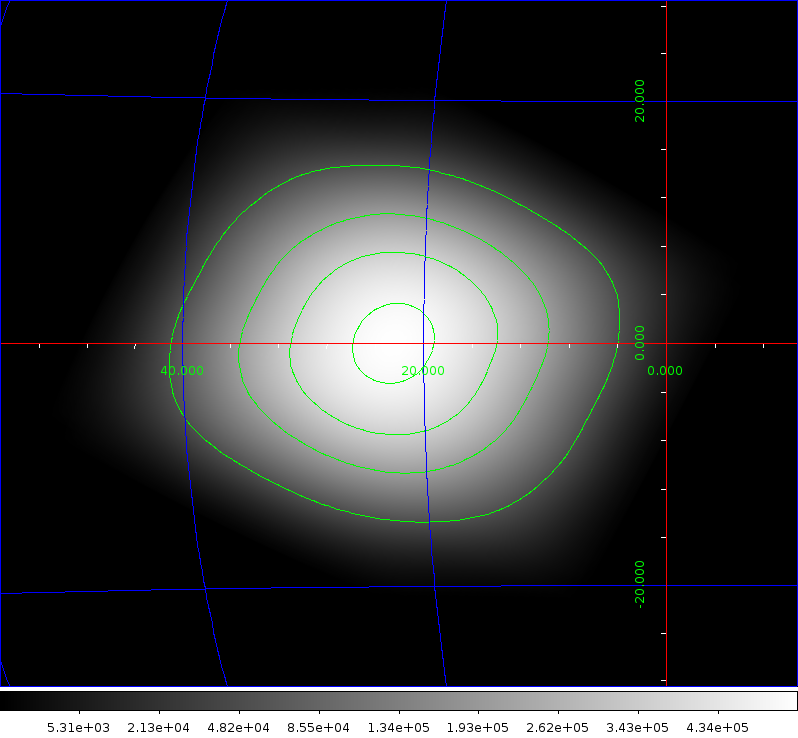Proposal Details - 1120033
INTEGRAL Spiral Arms (ISA) Monitoring Program: Scutum and Sagittarius Arms (Bodaghee)
Proposal Abstract
This proposal continues the Key Programme that consists of high-cadence monitoring of the inner spiral arms of the Galaxy with INTEGRAL paired with ToO observations of new transients with XMM-Newton and Swift. The INTEGRAL Spiral Arms (ISA) program (25.6 ks per spacecraft revolution during visibility periods, for a total of 1.2 Ms) complements the successful Galactic Bulge (GB) program by extending the monitored region of the Galaxy to the Inner Perseus/Norma Arm tangents on one side of the GB, and the Scutum/Sagittarius Arms on the other. These fields feature a high density of obscured high-mass X-ray binaries (HMXBs), including Supergiant Fast X-ray Transients (SFXTs), as well as other hard X-ray emitting sources (e.g. microquasars, low-mass X-ray binaries, and magnetars) that INTEGRAL is well-suited to finding thanks to its large field of view and angular resolution at high energies even in crowded regions of the sky. Mosaic images and source light curves in 2 energy bands for ISGRI and JEM-X are being provided to the community (http://sprg.ssl.berkeley.edu/~bodaghee/isa/) permitting rapid dissemination of results which enable prompt follow-up of interesting events. The ISA project represents the cornerstone of our ongoing study of transient and variable hard X-ray populations in the Milky Way.
Observation Strategy (Recommended by TAC)
During the visibility periods, the Scutum/Sagittarius arms around (l, b) = (22.5, 0 degrees) will be observed with one standard hex dither pattern (12.6 ks) per arm per INTEGRAL revolution, up to a total of 605 ks. At the end of each individual observation, the center of the hex dither pattern is offset by 1 degree in order to overlap JEM-X and ISGRI pointings and help reduce imaging systematics. 2 XMM-Newton TOO observations of distinct new transients with an exposure time of 10 ks each have been granted.
Proposal grade: A
Data Rights (Recommended by TAC)
All data are public.
Exposure Map
The exposure maps are in galactic coordinates using the Aitoff projection and units of seconds, and the colour scale is indicated at the bottom. The green lines provide the 100, 300 and 500 ksec contour.
